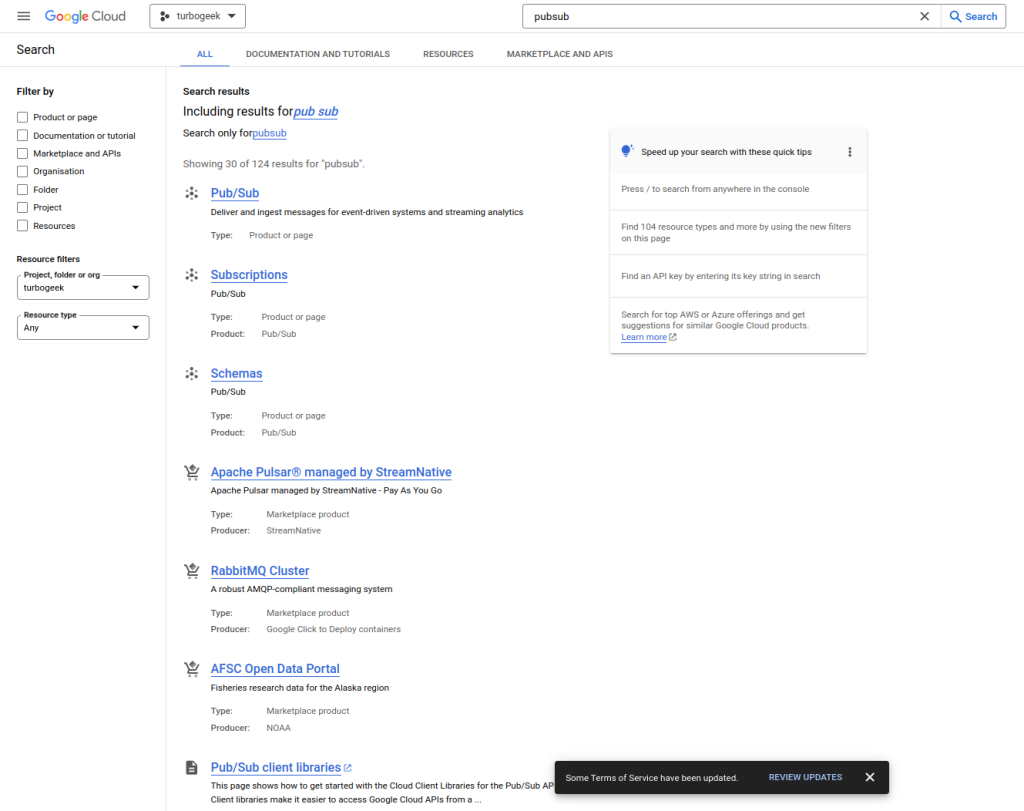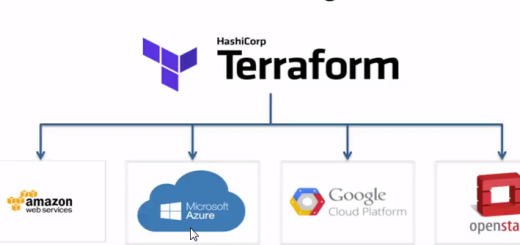Google Pub/Sub Explained: The Scalable Messaging Solution
Google Pub/Sub is a fully managed, real-time messaging service that empowers you to seamlessly send and receive messages between independent applications. Whether you’re building a data-intensive streaming pipeline, an event-driven architecture, or a microservices-based system, Google Cloud Pub/Sub offers the flexibility and reliability you need to effortlessly exchange data across your distributed infrastructure.

Why do I need scalable messaging?
Scalable messaging services are designed to handle large volumes of messages reliably and efficiently, even as your needs grow. They’re not just about sending messages but about doing so in a way that’s:
- Reliable: Messages aren’t lost, even with temporary outages or spikes in traffic.
- Flexible: They can integrate with various applications and systems, adapting to different messaging patterns.
- Efficient: They optimize resource usage, so you’re not paying for idle capacity.
You’d need a scalable messaging service in several scenarios:
- High-volume applications: If your application generates a large number of messages (e.g., real-time data, logs, events), a regular message queue might get overwhelmed.
- Asynchronous processing: When you want to decouple components of your system, allowing them to work independently and handle tasks in the background.
- Microservices architectures: If your application is built with multiple services that need to communicate, a messaging service provides a centralized way to manage interactions.
- Real-time data streaming: When you need to process data as it arrives, with minimal delay.
- Event-driven architectures: If your application reacts to events (e.g., user actions, system alerts), a messaging service can help deliver those events reliably.
If your application relies heavily on messaging and needs to scale to handle increasing demand or complexity, a scalable messaging service like Google Cloud Pub/Sub becomes invaluable.
How Google Pub/Sub Works: The Publish/Subscribe Model
Pub/Sub operates on a publish/subscribe model, where messages are sent to a central “topic.” Subscribers interested in specific topics receive copies of relevant messages, decoupling publishers and subscribers. This enables:
- Scalability: Subscribers consume messages at their own pace without impacting publishers or other subscribers.
- Reliability: Message storage ensures delivery even if subscribers are temporarily unavailable.
- Flexibility: Easily integrate with other Google Cloud services (Cloud Functions, Dataflow, Storage) or external systems.
Pub/Sub is a publish/subscribe messaging system, which means that messages are sent to a topic and then delivered to any number of subscribers that have subscribed to that topic. This decoupling of publishers and subscribers allows for greater scalability and reliability, as subscribers can consume messages at their own pace without affecting publishers or other subscribers.
Google Cloud Pub/Sub is often used for streaming data processing, event-driven computing, and microservices-based architectures. It integrates with other Google Cloud services, such as Cloud Functions, Cloud Dataflow, and Cloud Storage, as well as with external systems via various client libraries and APIs.
Pub-Sub is a fully managed real-time messaging service that can send and receive messages between independent applications.
Google Pub/Sub Key Concepts
There are several key concepts in Google Cloud Pub/Sub that are important to understand:
- Topic:
A named resource where messages are sent. - Subscription:
A stream of messages from a single topic, delivered to a subscribing application. - Message:
The payload of data being sent (can be any format). - Publisher:
An application that sends messages to a topic. - Subscriber:
An application that receives messages from a subscription. - Push vs. Pull Subscriptions:
You can choose to have messages pushed to an endpoint or pulled at your own pace.
Benefits of Google Pub/Sub
- Scales globally
- Low latency
- Durability – replicated storage messages
- Reliability
- End-to-end reliability via application ACKs
- Security – encryption in motion and at rest
- Maintenance free
How Google Pub/Sub Works
Cloud Pub/Sub uses two levels of indirection between the publisher (producer) and the subscriber (consumer). This decouples the sender’s transmission of the message from the receiver’s receipt of the message.
+———–+ +————-+ +——————+ +————–+———–+————–++———————-+
| Publisher | ——-> | Topic (Feed) | —–> | Subscription(s) | —–> | Subscriber(s) | —–> Push/Pull (5) |
+———–+ (1) +————-+ (2) +——————+ (3) +————–+——–(4)——++——–(5)——-+
- Publish: The publisher sends a message (payload + attributes) to a specific topic.
- Topic Storage: The topic acts as a durable message store, ensuring availability and reliability.
- Subscriptions: The topic distributes the message to one or more subscriptions associated with it. Subscriptions filter and control who receives the message.
- Subscriber Queue: Each subscription maintains a queue of messages for its registered subscribers.
- Push/Pull Delivery:
- Push: Pub/Sub pushes messages to the subscriber’s webhook endpoint (HTTPS POST).
- Pull: Subscribers actively request (pull) messages from Pub/Sub using HTTPS requests to Google APIs.
- Consumption: Subscribers receive the message and process it.
- Acknowledgement (ACK): After consuming the message, the subscriber sends an ACK to the subscription to confirm receipt.
- Message Removal: Once all deliveries are acknowledged, the subscription removes the message from its queue.
Publishers and Subscribers
- Two publishers publish messages on a single topic. Publisher 1 sends message A, Publisher 2 sends message B.
- The topic aggregates their messages. The messages are stored before they are delivered.
- The messages are sent to specific subscriptions. In this example, there are two subscriptions, 1 and 2.
- Each subscription forwards the information to the Subscriber — and only the information requested.
- Subscriber 1 gets the message “A”, and subscriber 2 gets the message “B”.
- Subscriber 3 gets both messages “A” and “B”.
- For each message received, the subscriber sends an acknowledgement (ACK).
- The subscription responds to the ACK by removing the message from the queue.
How Cloud Pub/Sub integrates

When to use Pub/Sub?
- Balancing workloads in network clusters. For example, a large queue of tasks can be efficiently distributed among multiple workers, such as Google Compute Engine instances.
- Implementing asynchronous workflows. For example, an order processing application can place an order on a topic, from which it can be processed by one or more workers.
- Distributing event notifications. For example, a service that accepts user signups can send notifications whenever a new user registers, and downstream services can subscribe to receive notifications of the event.
- Refreshing distributed caches. For example, an application can publish invalidation events to update the IDs of objects that have changed.
- Logging to multiple systems. For example, a Google Compute Engine instance can write logs to the monitoring system, to a database for later querying, and so on.
- Data streaming from various processes or devices. For example, a residential sensor can stream data to backend servers hosted in the cloud.
- Reliability improvement. For example, a single-zone Compute Engine service can operate in additional zones by subscribing to a common topic, to recover from failures in a zone or region.
To learn more about the capabilities and detailed workings of Google Cloud Pub/Sub, visit the official documentation: https://cloud.google.com/pubsub/docs/overview




Recent Comments